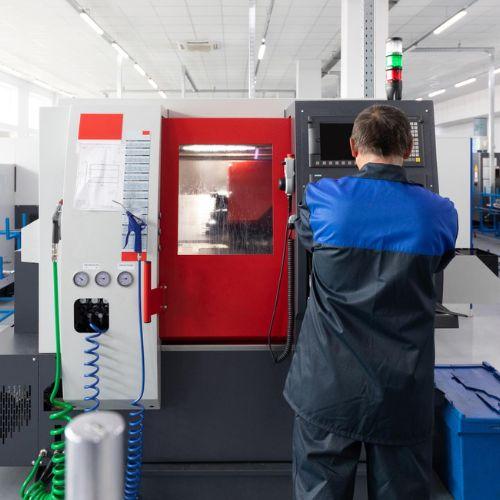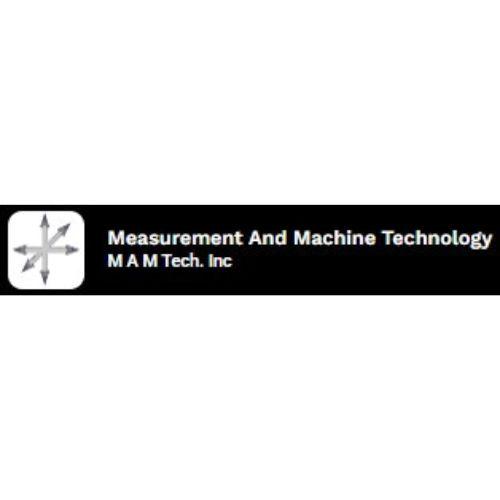Notifications

7 minutes, 36 seconds
-23 Views 0 Comments 0 Likes 0 Reviews

Accuracy cannot even be considered in modern manufacturing. CNC machines, the last of precision machining, are relied upon for their ability to manufacture intricate parts with sharp accuracy.
However, no matter how high-tech the machinery might be, things can go awry when the CNC Machine Alignment is loose. A fraction of an inch or so of misalignment opens Pandora's box. A few problems along the chain start to inhibit production quality and efficiency, and finally, profit.
CNC machine alignment is precisely locating a machine's elements—such as the spindle, table, and tool holders—in relation to one another and the workpiece. Alignment guarantees that every axis moves accurately, angles stay level, and every cut is cut with calculated accuracy.
Even minimal deviations in alignment can distort these relationships. Small inaccuracies accumulate, leading to defective parts, increased rework, and costly downtime. Because CNC machining operates at tight tolerances—often within thousandths of an inch—alignment is not a luxury; it’s a requirement.
Improper CNC machine alignment may not always present distinct or obvious signs until the main affliction has arisen, yet subtle signs usually present themselves during production. Dimensional variations, uneven finishing, and excessive tooling wear may all be symptoms of improper alignments.
The inconsistencies may set in gradually, and the wrongful attribution will be made to a faulty matter or an operator error. Such signs, if overlooked by an organization, may bring upon very tense long-term delays in production. Checks for calibration regularly, along with regular inspections, can bring out the warning signs early.
When the axes on a CNC machine are not properly aligned, every cut that is made multiplies any prior flaw. For example, if the X-axis is even slightly misaligned, every pass thereafter will copy and exaggerate the error. Without constant adjustments, what began as a minor variation can create major manufacturing defects over time.
It is particularly troublesome in large-volume production. Components fabricated by an out-of-alignment CNC machine could be rejected at inspection or work incorrectly in final assembly. The result is scrap materials, rework labor time, and possible missed shipment schedules.
Misalignment doesn't only impact the parts being manufactured—it can heavily affect the machine itself. CNC machine tool alignment has a direct effect on the wear and tear of components such as the spindle and cutting tools.
When the spindle is not in perfect alignment with the toolpath, it results in uneven loading on the tool. To prevent heavy wear, breakage, and even catastrophic damage to the spindle bearing. Replacement of these components is quite costly and would lead to downtime, further delaying the production cycle. Routine checks and machine calibration services can reduce such risks by ensuring all components fall within specification.
In applications like aerospace and medical device fabrication, tolerances are extremely small. The individual deviation in one part might be insignificant by itself, yet when these parts assemble into a single piece, the added errors—the tolerance stack-up—can make the entire product unusable.
Incorrect CNC machine alignment usually lies in disguise as the root of such inaccuracies. Where precision is mission-critical, a .001" discrepancy can lead to failed regulatory compliance or unsafe products.
One of the best methods for guaranteed constant alignment is professional machine calibration services. These entail precision diagnostics by laser interferometers, ball bars, and digital indicators that will identify misalignments not visible to the human eye.
By measuring actual machine motion against programmed paths, technicians can make adjustments as needed to return all components to factory-level accuracy. It guarantees CNC machine tool alignment and prolongs equipment life and facilitates ongoing quality improvement.
Though it may sound like a simple maintenance problem, neglecting CNC machine alignment has far-reaching and devastating long-term effects. Most manufacturers do not realize the downstream impact of turning out less-than-quality components. Defective quality control, returns by clients, and damage to reputation are merely the tip of the iceberg.
The inefficiencies in operation that result from poor alignment, such as increased setup times, scrap rates, and maintenance costs, accumulate rapidly. Proactive alignment avoids these soft costs while complementing lean manufacturing objectives.
With more and more facilities incorporating automated systems with CNC machining centers, accurate alignment becomes more and more important. Robotic loaders and robots use strict coordinates to perform appropriately. When a machine is out of alignment, automated systems can put workpieces in the wrong location or result in collisions that destroy the robot and the machine.
Having the right CNC machine alignment guarantees smooth integration with automation technology, minimizing the likelihood of workflow interruption and overall productivity increases.
CNC Machine Alignment is not a setup procedure that is done once—it's a commitment to precision and reliability on an ongoing basis. The compounding effect of misalignment extends beyond defective parts; it impacts tooling, equipment health, labor, and customer satisfaction.
Producers who demand alignment through frequent inspections and expert machine calibration services set themselves up to achieve the requirements of high-precision production without higher costs and downtime. Where every micron matters, alignment is no longer an option for operational success.
CNC Machine Alignment CNC Machine Tool Alignment Ohio machine calibration services

